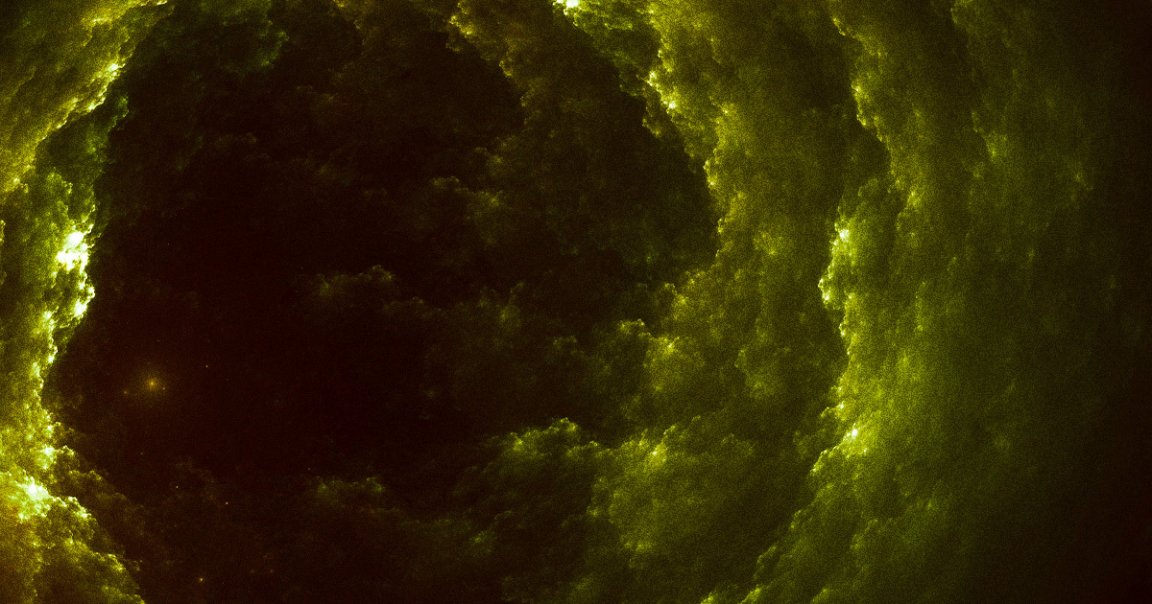
Big For Its Boots
Astronomers using the James Webb Space Telescope say they’ve detected the oldest black hole ever observed. At some 13.4 billion light years away, it formed just 400 million years after the Big Bang. The findings, published as a study in the journal Nature, could mark a “giant leap forward” in our understanding of these cosmic monsters.
With its estimated mass of around six million times that of the Sun, the supermassive black hole, located the center of the galaxy GN-z11, is so large for its age that it defies our current theories on how these objects form.
“It is essentially not possible to grow such a massive black hole so fast so early in the universe,” lead author Roberto Maiolino at the University of Cambridge’s Cavendish Laboratory told NPR. “Essentially, there is not enough time according to classical theories. So one has to invoke alternative scenarios.”
Huge Appetite
Standard models suggest that supermassive black holes start off as regular black holes — ones that spawned from stars collapsing in a supernova — and then gradually gain mass. If that were the case, though, GN-z11’s black hole should’ve taken far longer than 400 million years to reach its observed size.
That could suggest that what’s known as the Eddington limit could use rethinking, a theoretical maximum rate at which a body can accrete mass before the radiation it emits overpowers gravity and blows that mass away. Based on the researchers’ observations, the black hole is devouring mass five faster than the Eddington limit should allow.
“This black hole is essentially eating the [equivalent of] an entire Sun every five years,” Maiolino told NPR. “It’s actually much higher than we thought could be feasible for these black holes.”
Alternatively, these supermassive monsters could be born out of huge clouds of gas and dust present in the early years of the cosmos, which could collapse to instantly form a black hole far more massive than one formed from a collapsed star, providing a huge head start.
Nothing can be ruled out at this stage, as both approaches — though challenged — could be compatible with the findings with some fine tuning.
Bright Future
The researchers made the discovery using the James Webb after they noticed the galaxy’s unusually bright glow, too strong for the amount of stars it contained.
Instead, the source of its brightness, the researchers said, is all the gas and dust swirling around a supermassive black hole, heated up thanks to the friction that motion generates.
Maiolino is hopeful that even older black holes will be found thanks to the James Webb’s astonishing capabilities. His team’s next goal is to uncover the potential “seeds” that are the genesis of these large black holes.
“It’s a new era: the giant leap in sensitivity, especially in the infrared, is like upgrading from Galileo’s telescope to a modern telescope overnight,” Maiolino said in a statement about the work. “The universe has been quite generous in what it’s showing us, and this is just the beginning.”
More on black holes: There May Be Small Black Holes Inside Some Stars, Scientists Say